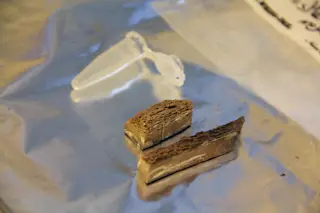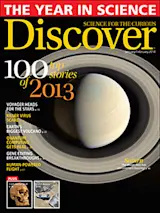For millennia, the stories of long-extinct species — including our own progenitors — have been buried with their skeletal remains. But in 2013, ultramodern DNA extraction and sequencing techniques enabled researchers to access ancient genetic codes and translate their evolutionary tales: Researchers in Denmark reconstructed a record-breaking 700,000-year-old horse genome, and geneticists in Germany began parsing the DNA of 400,000-year-old hominids.
Geologists saw the first glint of the horse’s history in 2003 when they plucked its toe bone from permafrost in a remote Yukon gold mine. The uninterrupted freeze of the permafrost preserved DNA in the horse bone, but since DNA decays into smaller and less intelligible fragments over time, the specimen seemed too ancient to analyze. “When that fossil was found, no one would have believed that we could get DNA out of it,” says Yukon government paleontologist Grant Zazula.
Armed with a decade of improvements in next-generation sequencing ...















